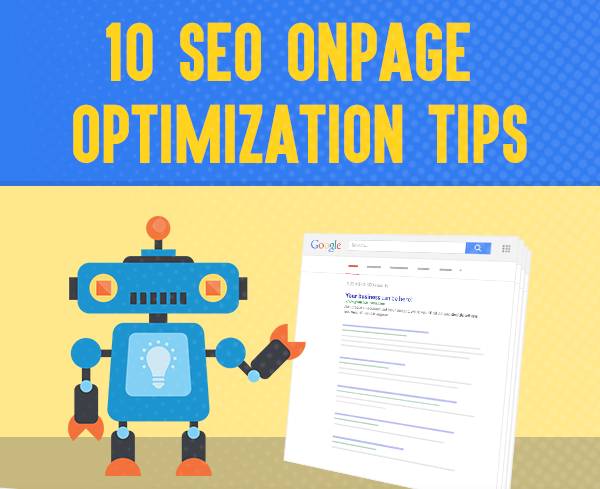In search engine optimization or SEO, on-page optimization denotes those aspects that have an effect on your Web site or Web page listing in a popular search engine results like Google, Yahoo, Bing. These factors are very much controllable, but a few important techniques are needed to enhance the chance of getting visible on first page of Google.
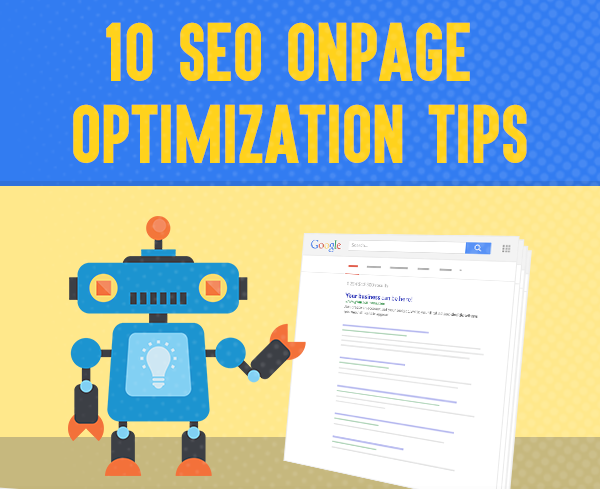
Here are top 10 techniques to rank on first page of Google:-
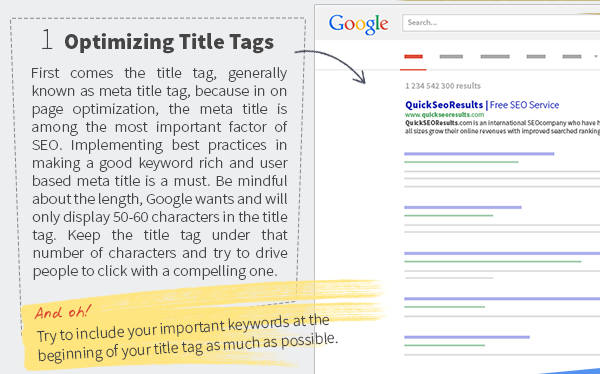
1. Title tag is the most important SEO feature of a website. This is also called meta title tag. Your webpages or the blog posts should have their own distinguishable and attractive titles with the main keywords embedded into them, e.g. you have just written a blog on an ice cream recipe. It is therefore important to introduce the words ‘ice cream recipe’ in the title part. Thus, whenever someone looks for ice cream recipes in Google, your blog has a better chance of appearing in the first page of the search engine.
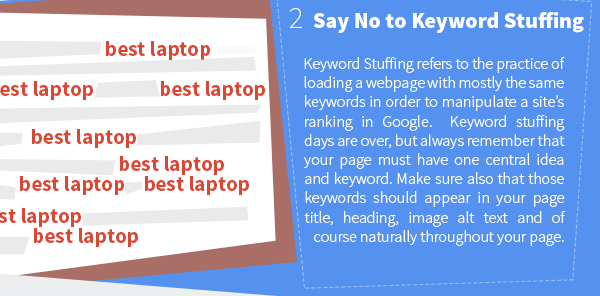
2. Relevant keywords should be included into your content very evenly. Keeping keywords density 2-5% is an ideal one. Keywords stuffing may lead to banning of the site from Google.
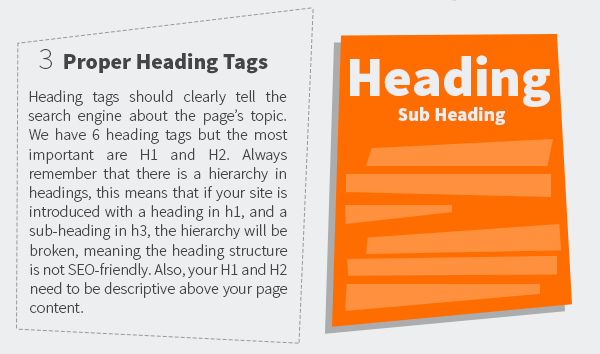
3. While writing contents of your page, it is always feasible to break up your content into smaller parts to make it easier for the visitors to go on reading. Each of these sections can be given distinct headings, where H1, H2, H3, H4, etc. are used as tags. Normally, H1 tags are earmarked for the main page, with succeeding headings being ascribed H2, H3, etc. Google uses this tags to determine what is vital within your content.
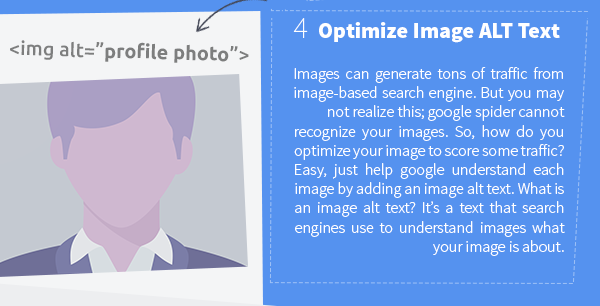
4. Images are more appealing than texts. These days, it has become customary to use images in place of large texts. This makes a page more appealing to the visitors. You should ensure that all the images are marked with proper headings. These headings should contain the most useful keywords so that Google could easily identify them. You can also include ‘Alt Text’ and ‘Descriptions’ for the used images, making them even more beneficial for SEO.
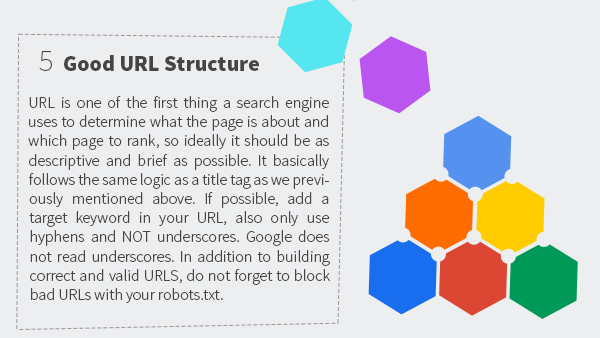
5. It is necessary to include search engine friendly URLs, because it improves crawling. Three other aspects of an URL structure are also important as far as ranking in Google is concerned :–
- Short but clearly understandable URL
- URL with targeted keywords
- Location of keywords in the URL
- Increase Speed of the site
Popularity of a website depends a lot on its speed. In this era of tremendous competition, website visitors quickly jump over to another website if the current one is taking lot of time to upload. So, an owner needs to ensure that the website is not frustrating its visitors. Google records the bounce rate metrics, which in turn influences page ranking.

6. Popularity of a website depends a lot on its speed. In this era of tremendous competition, website visitors quickly jump over to another website if the current one is taking lot of time to upload. So, an owner needs to ensure that the website is not frustrating its visitors. Google records the bounce rate metrics, which in turn influences page ranking.
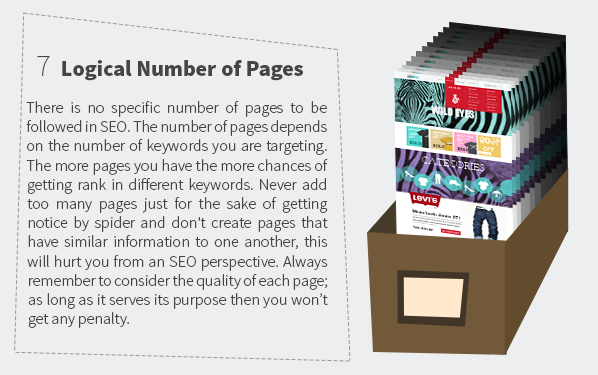
7. There is no hard and fast rule regarding number of pages to be created for SEO. Primarily it depends on the number of keywords you are intending to place in action. The pages so created must be properly tagged with relevant keywords. But the pages shouldn’t be irrelevant ones just for the sake of keyword stuffing.
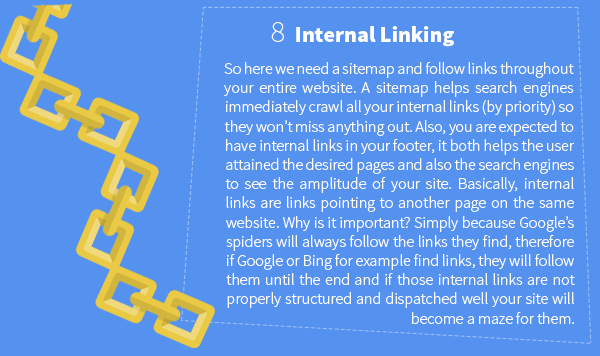
8. Internal Links are the links that helps the visitor to sail through different pages of a domain unhazardously. Internal Links are very important in SEO. This technique not only helps your visitors to browse your site comfortably, but also helps the ‘crawler’ to perform its job efficiently. Thus, all the pages in a website are properly detected by Google search engine, if internal links are rightly placed.
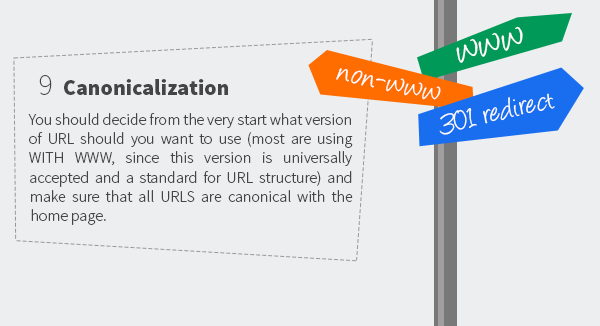
9. Canonicalization is essential to create an optimized website. The complications that canonicalization can solve is to select the most updated piece of writing for SEO. It may be a paragraph or an entire page of content that appears in multiple places on one website or on several websites. For search engine, this presents a problem because it gets confused, which version of this content should be chosen to the internet searchers. Canonicalization efficiently solve this problem.
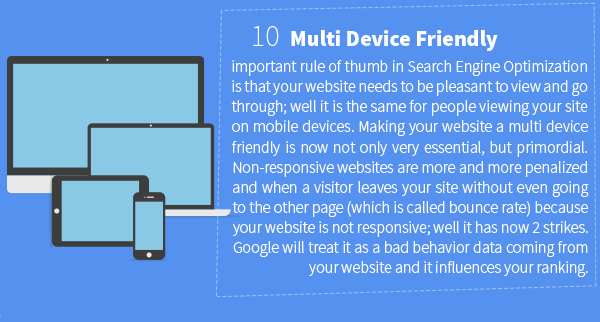
10. Ensure that your website is multi-device enabled, otherwise the bounce rate will increase drastically. Google doesn’t consider an unresponsive website as a suitable one for front page ranking.
These 10 techniques are the best ways that you can use to improve your on-page SEO. But, all these techniques should be used together to optimize on-page SEO and increasing the chance of ranking on the first page of Google.
Need help to optimize your website? just click here

